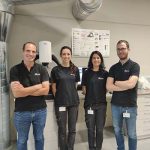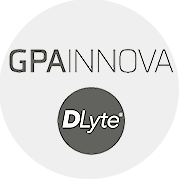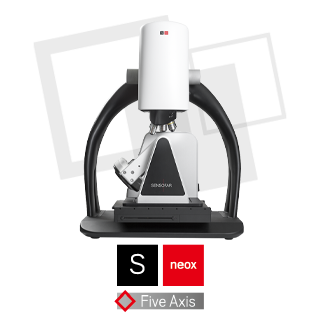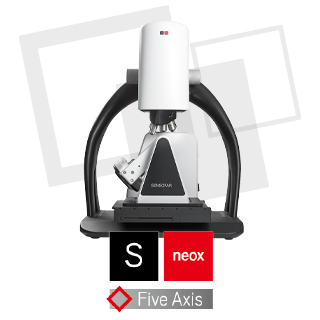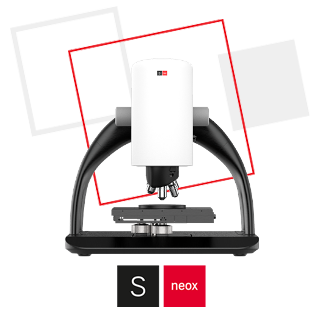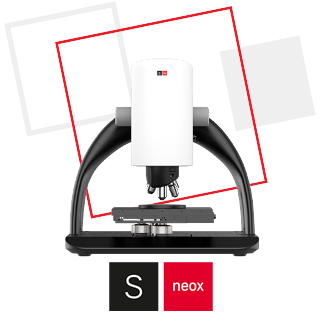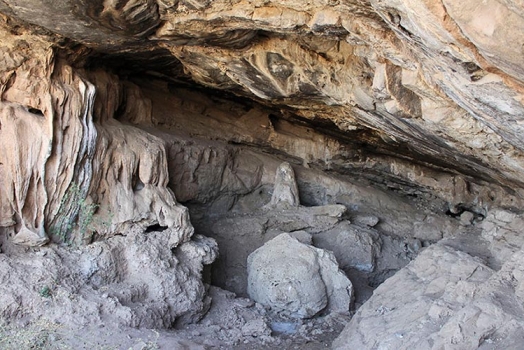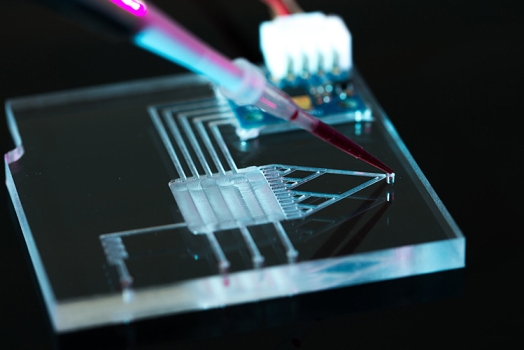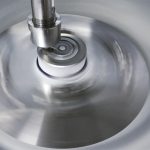
Characterization of dry electrolyte polishing process
GPAINNOVA is a technology company established in 2013 in Barcelona, with subsidiaries in Miami (USA), Hong Kong and Shenzhen (Mainland China) and specializing in surface metal finishing machinery, medical devices, Unmanned Surface Vehicles and high performance power electronics. The company has been selected by Financial Times among the 1,000 Europe’s Fastest Growing Companies in 2020 and 2021.
At GPAINNOVA, the S neox Five Axis is specially used to quantify the polishing process quality and to report the roughness reduction in the samples after polishing with DLyte
GPAINNOVA is reinventing the way manufacturing teams can produce high-quality metal surfacing. The DLyte series machines are based on patented Drylyte technology: the first dry electropolishing process that provides a solution for the industry’s surface finishing of metal alloys. The applications range from grinding, rounding, and deburring to surface smoothing and high floss polishing of aesthetic parts. Sensofar’s S neox Five Axis allows us to obtain the highest-quality results in our current surface finishing solutions.
At GPAINNOVA, the Sensofar S neox Five Axis is used especially to quantify the quality of the polishing process and to report the roughness reduction in the samples after polishing with DLyte. Samples may vary from very rough additive manufacturing parts to mirror-like surfaces, all measurable with the Sensofar system thanks to its versatility of technologies, including Ai Focus Variation, Confocal, and Interferometry techniques.
Below is a small example of what DLyte is capable of. A femoral component made of CoCr before and after DLyte polishing can be seen.
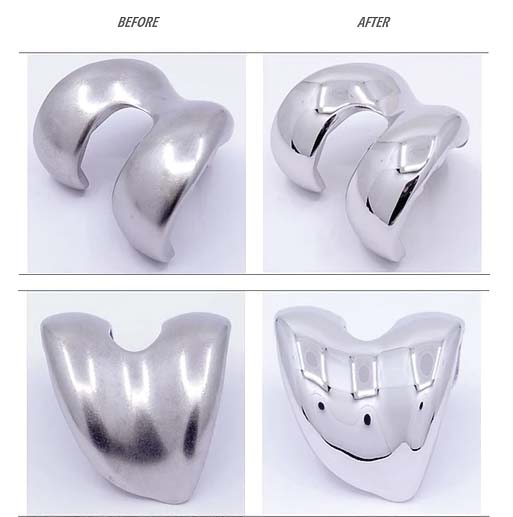
Before having the Sensofar system, a contact stylus profilometer was used, obtaining only profile parameters (Ra, Rz, Rq, etc). Despite the fact that Ra is the most used parameter, it does not provide any information on the spatial structure of the surface. Nonetheless, from now on, and thanks to Sensofar metrology, the surface parameters such as Sa —which is the extension of Ra to a surface— can be measured. Sa considers the sample’s surface to measure its roughness, allowing for a better characterization of the surfaces than Ra. The main advantage of measuring an area is the possibility of scanning a larger area and generating a surface of several millimeters as a better overview of the sample, thus getting more reliable values. The 3D areal surface parameters are calculated following the ISO 25178 standard —considered as first and foremost the redefinition of the foundations of surface texture— and comprise the following parameters: Sa, Sq, Ssk, Sku, Sp, Sv, and Sz.
The below measurements were obtained with a 50x DI objective lens using the Interferometry technique, that allows us to measure mirror-like surfaces like the previously-shown femoral component sample.
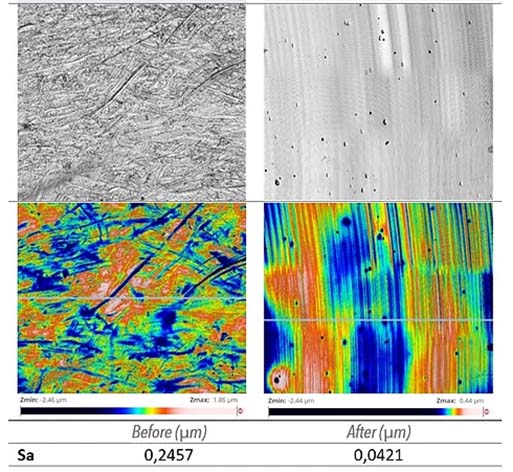
S neox Five Axis will allow us to characterize the reduction in surface roughness after the polishing process and demonstrate the preservation of the tolerances in polished parts, thanks to Drylyte technology. Below is an example of a shape and form measurement in a processed part, using, in this case, Focus Variation technology.
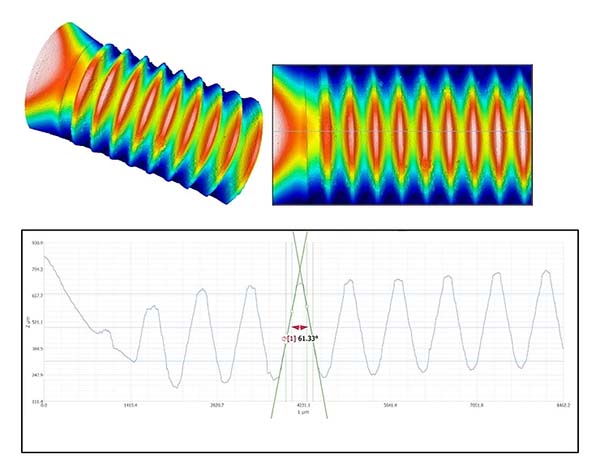
As can be seen, due to the B/W images and the colormap images taken with Interferometry, a decrease of the surface roughness of the sample is shown after the DLyte process, quantified by an Sa parameter below 0.05 µm.
Moreover, the preservation of the form is demonstrated by complementary form measurements using Ai Focus Variation technique. S neox Five Axis is a versatile metrology tool that perfectly suits our measurement needs and will be from now on a helpful tool in Dlyte’s lab.


